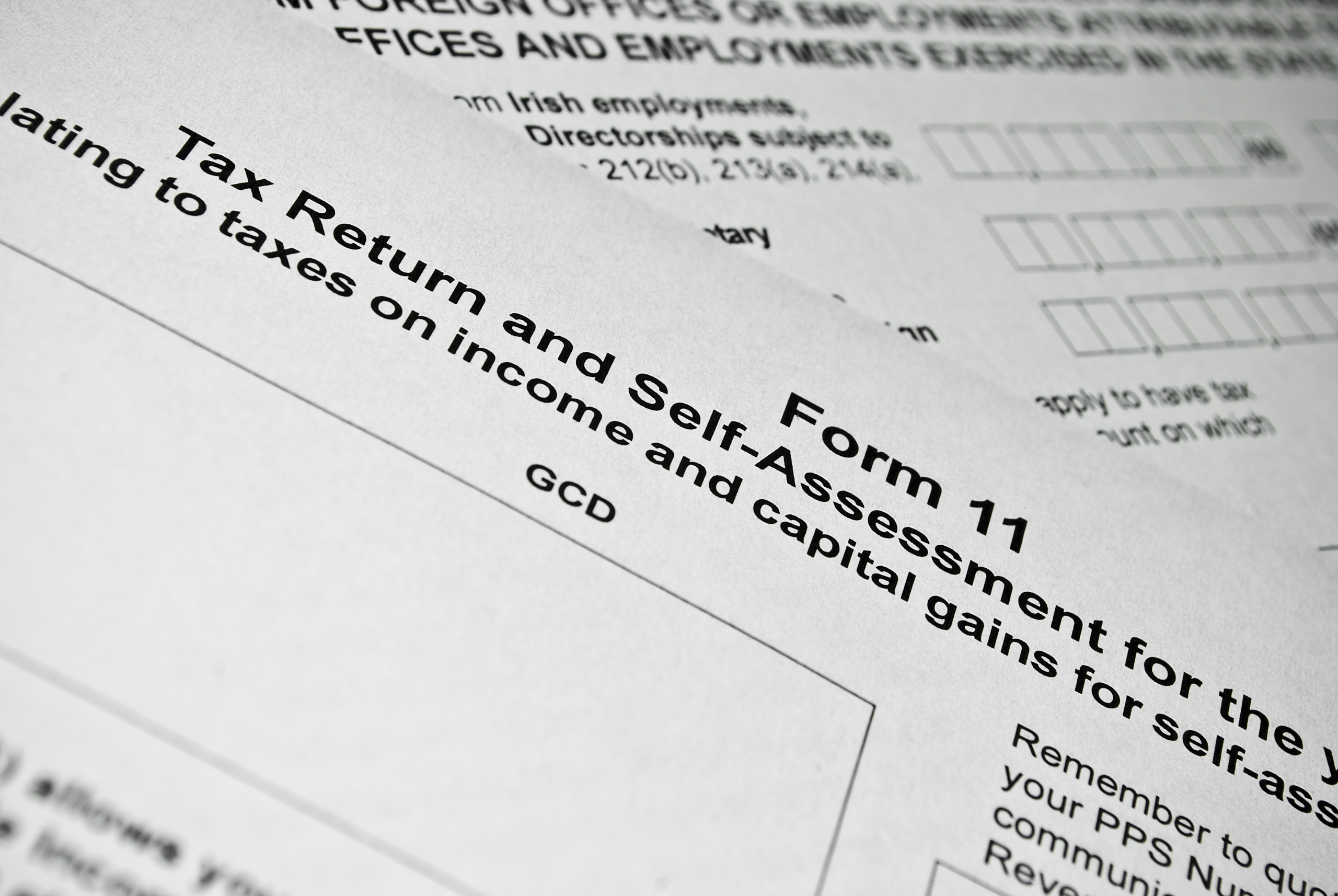
From January 1st 2024, changes have been made to the Public Spending Code (PSC) concerning infrastructural and large-scale capital projects. The new “Infrastructure Guidelines”, which have replaced the PSC requirements for capital expenditure as previously outlined in Public Spending Code: A Guide to Evaluating, Planning and Managing Public Investment, December 2019, apply to all Government departments, local authorities, the HSE, public bodies, and any other body in receipt of public funding. The new “Infrastructure Guidelines” describe a new project lifecycle, with a series of stages to be completed prior to implementing a project. Here we will cover the key areas you should be aware of, while our Expert Team is available to provide further explanation and assistance.
Key Players in the new Guidelines
Addressed mainly to stages in project lifecycle relating to evaluation, planning and management of public investment projects, the “Infrastructure Guidelines” create new responsibilities for key individuals involved in these areas. Three individuals or positions are of particular importance, these being the Accounting Officer (AO), the Approving Authority (AA), and the Sponsoring Agency (SA).
The AO’s responsibilities are considerable here. It falls to the AO to ensure that their Department/Office/Body and any other relevant agency under their remit are compliant with these guidelines. Additionally, the AO is responsible for managing the budgets of the individual projects and the capital budget for their area overall.
Ultimately the AO is responsible for the project and the “Infrastructure Guidelines” provide a wide range of specific responsibilities for the AO to fulfill, such as monitoring the project as it is implemented and Assessing the Final Business Case. Alongside the AO in fulfilling these responsibilities is the AA, referring to the Department funding the project. Both the AO and AA should be aware of the wide-ranging responsibilities set out in the “Infrastructure Guidelines”.
The SA may be a government department, local authority, state agency, higher education institute, cultural institution or other state body and its responsibilities lie in evaluating, planning and managing public investment projects. Again the “Infrastructure Guidelines” set out key tasks that must be fulfilled.
Stages in Project Lifecycle
The core of the new “Infrastructure Guidelines” relates to the new stages of the project lifecycle which have been established and which all projects must follow. The new guidelines focus on three preliminary stages in the lifecycle which occur prior to implementation, these being:
- Strategic Assessment & Preliminary Business Case
- Pre-tender – Project Design, Planning and Procurement Strategy
- Post Tender – Final Business Case
It should be noted that the guidelines provide a simplified version of this process for projects with an estimated capital cost of less than €20m. For these projects, the following two approval stages must be fulfilled prior to implementation:
- Preliminary Business Case
- Post Tender – Final Business Case
The “Infrastructure Guidelines” emphasise that these stages are “incremental”. This means that a project is not locked in merely from having passed the first or second stage. Should a project at, for example, the third approval stage, be deemed to be no longer worthwhile for whatever reason, the project can be set down.
Extensive guidelines for following these phases have been made available by the Department of Public Expenditure, National Development Plan Delivery and Reform. Below are the key areas relevant parties should consider:
1. Strategic Assessment & Preliminary Business Case
This “Strategic Assessment” refers to the process of determining and defining the rationale for a project and ensuring that it is in line with government policy. This assessment should be submitted to the Approving Authority which will then, if acceptable, move the project to the Preliminary Business Case.
At this stage, the Sponsoring Agency must develop a Business Case which sets out, for instance, the investment rationale and objectives of the project. It should include a description of the short-list of potential options to deliver objectives set out, assessment of affordability within existing resources, assessment of delivery risk, and several other areas. The purpose of the Preliminary Business Case, then, is to provide the AO and AA with information regarding the viability and desirability of public spending proposals. It also creates a framework for assessing a project’s costs, benefits, affordability, deliverability, risks and sensitivities.
2. Pre-tender – Project Design, Planning and Procurement Strategy
The purpose of this stage is to develop the options set out in the Preliminary Business Case, with the end goal of developing a Detailed Business Case which will set out procurement strategy and project execution plan. This is a process of reviewing and confirming assumptions; approval from the AO and AA here moves a project to Tender. The critical issue to be considered in the Design and Planning Stage is ensuring that output requirements are given strong definition to avoid amendments later in the project.
3. Post Tender – Final Business Case
The development of the Final Business Case represents the final stage in the approval process for a project. Again the purpose here is to subject a project to critical scrutiny, using understanding developed relating to costs, benefits, risks, and delivery and applying this. The Final Business Case will be the document which will be used by the Approving Authority to determine whether a project is to progress to the award of contracts. It should be noted that this occurs after tendering. However, completion of the tendering process does not represent the award of a contract.
Major Projects
As noted above, for projects costing below €20 million, the above process has been simplified, requiring a Preliminary Business Case and a Final Business Case. For projects costing above €200 million, considered as “major projects” in the new guidelines, there are additional requirements in the project lifecycle.
Specifically, all “major projects” must, at the Preliminary Business Case stage, pass through an External Assurance Process. Furthermore, at this same stage, the Preliminary Business Case must be submitted to and reviewed by the Major Projects Advisory Group. Finally, Government consideration must be given to the project at both the Preliminary Business Case and Final Business Case stages.
Contributors







 The shift of share options from the Irish self-assessment system to PAYE withholding from 1 January 2024 is a significant change arising from Finance (No. 2) Bill 2023. Prior to this, employees were required to report and remit taxes within 30 days of exercising an option on Form RTSO1. Additionally, they were required to file an income tax return for the relevant year.
The shift of share options from the Irish self-assessment system to PAYE withholding from 1 January 2024 is a significant change arising from Finance (No. 2) Bill 2023. Prior to this, employees were required to report and remit taxes within 30 days of exercising an option on Form RTSO1. Additionally, they were required to file an income tax return for the relevant year.



